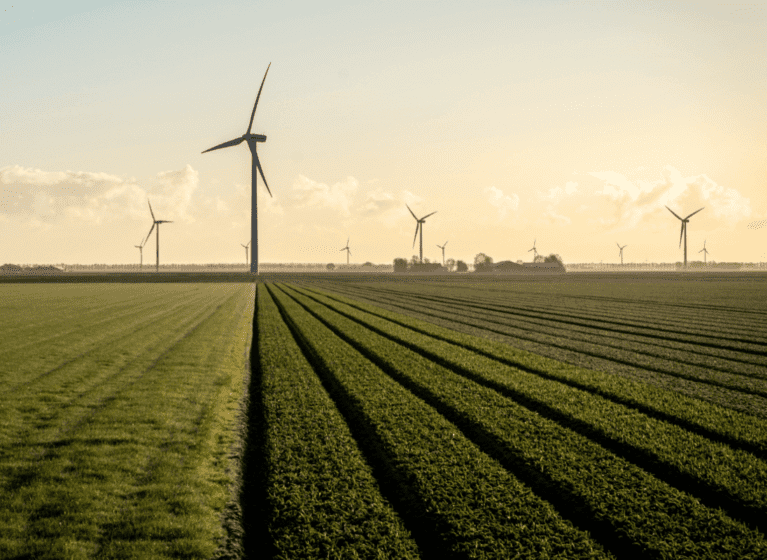The recently released Global Cleantech Innovation Index 20141 suggests that despite its strength in innovation, Australia is at risk of being left behind as much of the rest of the world forges ahead with investment in cleantech technologies.
The Index was published in partnership between the Cleantech Group and WWF and ranks countries according to an average of ‘inputs to innovation’ and ‘outputs of innovation’, with inputs corresponding to the drivers for the creation of innovation (both generally and clean-tech specific), and outputs corresponding to the country’s ability to commercialise such innovation. Of 40 countries assessed, Australia ranked just 22nd overall (down from 15th in 2012), with Israel coming out on top followed by Finland and the US.
Australia ranked relatively well on innovation drivers, with a reasonable entrepreneurial culture, good early stage entrepreneurial activity and general attractiveness for renewables due to its geo-climatic features. However, its overall ranking was held back by its innovation outputs. Among other things, the report identifies uncertainty surrounding energy policy including the repeal of carbon pricing legislation and review of the renewable energy target (RET), and the resultant weakness in investment in renewable energy, as contributing to Australia’s disappointing (and declining) result.
Australia’s result is in contrast to countries such as Finland and Denmark, with large public cleantech R&D budgets and supportive government policy, or the US, with strong private sector investment and attractive infrastructure for renewables.
Patenting ‘green’ innovation
Australia’s poor showing aside, the Index reports that globally environmental patent filings for the 40 countries investigated increased by nearly 100 percent between 2008 and 2011, with this being “a testament to the growth of sustainable innovation”. The top countries for patent filings include the US and Japan, with Korea coming out on top. The Index particularly notes a fast track program for green innovation implemented by the Korean Patent Office, with similar policies being in place in other countries such as Canada, the UK and Israel.
The Australian Patent Office introduced an expedited examination procedure for applications related to ‘green’ technologies in September 2009. Any invention in a field of technology that is ‘environmentally beneficial’ may apply for expedited examination, and there are no additional fees. Fast-tracking can reduce the time taken to receive an examination report from 12 months to 4 to 8 weeks.
Despite the advantages, uptake of the fast-track procedure for green patents has been low in Australia. Between 2009 and 2012, the Australian Patent Office received only 43 requests for expedited examination for green patent applications, mostly relating to carbon capture and storage.2 Low awareness of the program is a possible explanation for the low uptake. However, a more likely explanation is that an uncertain energy policy and weak investment means there is little impetus for innovators to seek to rush patents through to grant in Australia.
Australian policy and innovation – next steps
The Australian Government’s Energy Green Paper was released on 23 September 2014.3 It is the second stage in the development of the Energy White Paper (release expected December 2014) which will set out the Government’s position on energy policy, including measures being explored to support investment and growth in the energy and resources sectors and deployment of renewable energy and low-emission technologies. According to the Green Paper, the Government is committed to reducing Australia’s emissions to 5% below 2000 levels by 2020. It acknowledges that emerging energy technologies face barriers as they move along the innovation chain, including investment uncertainty. However, the Government plans to establish the Emissions Reduction Fund, which will form the centrepiece of the Government’s Direct Action Plan to meet the emissions target, and which it is said will provide incentives for emissions reduction activities.
There is significant scepticism regarding the likely efficacy of the Federal Government’s Direct Action Plan. In the meantime, the NSW Baird Government recently expressed its desire to make NSW ‘Australia’s answer to California’ and signalled its commitment to Australia’s existing RET (20% renewable energy by 2020) by announcing plans to install solar panels on government buildings and recommending changes to the way wind-farm noise is treated by the Environment Protection Authority.
At the same time, many of Australia’s major trading partners, including its largest trading partner, China, are fast growing markets for clean technologies, and will continue to present significant commercial opportunities for Australian innovators until such time as the policy and commercial landscape in Australia is more favourable.
1 http://awsassets.panda.org/downloads/wwf_report___global_cleantech_innovation_index_2014__final_.pdf
2 Dechezleprêtre, Antoine; (2013); Fast-tracking Green Patent Applications: An Empirical Analysis; ICTSD Programme on Innovation, Technology and Intellectual Property.
3 Energy Green Paper available at: http://ewp.industry.gov.au/


